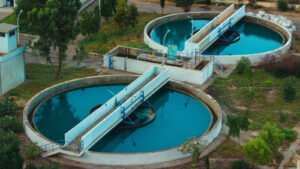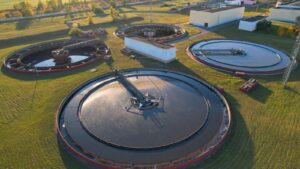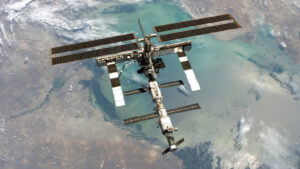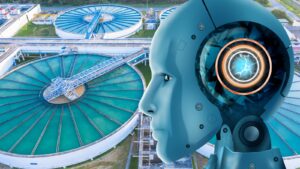Many types of pumps are used in the industrial, utility, and various other sectors to pass, transport, compress or raise fluids or gasses. They differ in size, weight and other physical components based on the pump’s material. During the performance of the functions of the pump, electrical energy is converted to hydraulic energy. Pumps must be monitored to ensure they efficiently execute their roles. Attempting to monitor them manually is not only a time-consuming job, but it is hard to predict any impending risks accurately. Hence, managers cannot take measures to prevent breakdowns from occurring. All this leads to expensive repairs and a waste of resources. This is why leading asset managers infuse digital twin technology into their operations. As an indispensable technology for infrastructure specialists, digital twins creates a virtual model that mirrors the structural features of a physical component. This article will describe how digital twins are an asset in managing industrial pumps.
How Can Digital Twin Technology Help Pumps Perform Better?
Digital twins offer a range of advantages to asset managers helping them to monitor, manufacture, and design pumps. Here are four ways digital twin technology can help pumps perform better.
Predictive and Prescriptive Maintenance
Digital twins allow managers to infuse Artificial Intelligence (AI) and data analytics to monitor and predict future risks. As the virtual replica of the object is consistently assessing its condition, AI can consider its current status with historical data and indicate whether there is an impending risk. It does this by viewing the root causes of past issues and hence, can warn the manager of future breakdowns. Once the manager sees the warning, maintenance can be scheduled, thereby reducing the possibility of random breakdowns. This process is also considered predictive and prescriptive maintenance. Moreover, the data analytical tools can precisely detect the right time for maintenance. All this helps to prolong the durability of mechanical pumps. Thus, managers can significantly reduce waste and financial expenses in the long run.
Improve Heat Pump Operation
Any pump system may produce more heat into the environment, which is not sustainable. One way of ensuring a sustainable pump is by utilising digital twins. A digital twin monitors the heat pump’s operation and ensures all parts of the pump are working correctly. Using real-time data, managers can consistently take measures to improve the model based on the defects that arise that contribute to more emissions being released into the environment. In a network of heat pumps where it is hard to find the source of the defect, digital twins can quickly help managers to locate it and fix the problem. Not only does this ensure that the pump’s health is in standard condition, but it guarantees that the environment where the pump is located is not subjected to pollution.
Build Resilient Pump Systems
Digital twins are used to creating a robust pump by designing and building prototypes. Generally, mechanical engineers must spend time designing a specific pump and will have first to manufacture it to test it out. Based on the robust nature of the pump, mechanical engineers will have to re-design and manufacture it multiple times until the end product is perfect. During this trial and error process, managers have to incur significant expenses and the resources and raw material used to create them go to waste. Digital twins allow managers to test the agility of pump systems in the designing and prototyping stage before manufacturing them. It can carry out what-if situations and consider the pipe’s ability to withstand such events before spending money and resources to make it.
Disaster Management
Pumps can malfunction when natural disasters occur. Whether that includes a flood or a landslide, it is pivotal to ensure the pumps are not damaged as it could cut out supply to utilities such as water. The simulation technology of digital twins helps engineers take into account natural disasters, weather patterns and other factors to make durable pumps. Consider whether the ground pressure, changes in the soil and other variables can affect the pump and its functions. Prepare for disasters by simply manufacturing a more advanced pump that can withstand any situation instead of a primary pump that only carries out its relevant function.
Monitor A Deep Level Of Detail With Digital Twin Technology
The number of things that can go wrong in a pump network used in different industries can be enormous. One malfunction could also lead to various consequences, damaging the entire network. For instance, where pumps used for the water and wastewater industry are damaged, especially in the treatment process, it would result in many contaminants entering, polluting the already recycled or cleaned water. If you are an asset manager who integrates AI and data analytics power into your operations, having digital twins is a great way to manufacture and maintain a resilient pump system. Receive insights that explain the health of your pump network in great detail like never before with digital twins.







